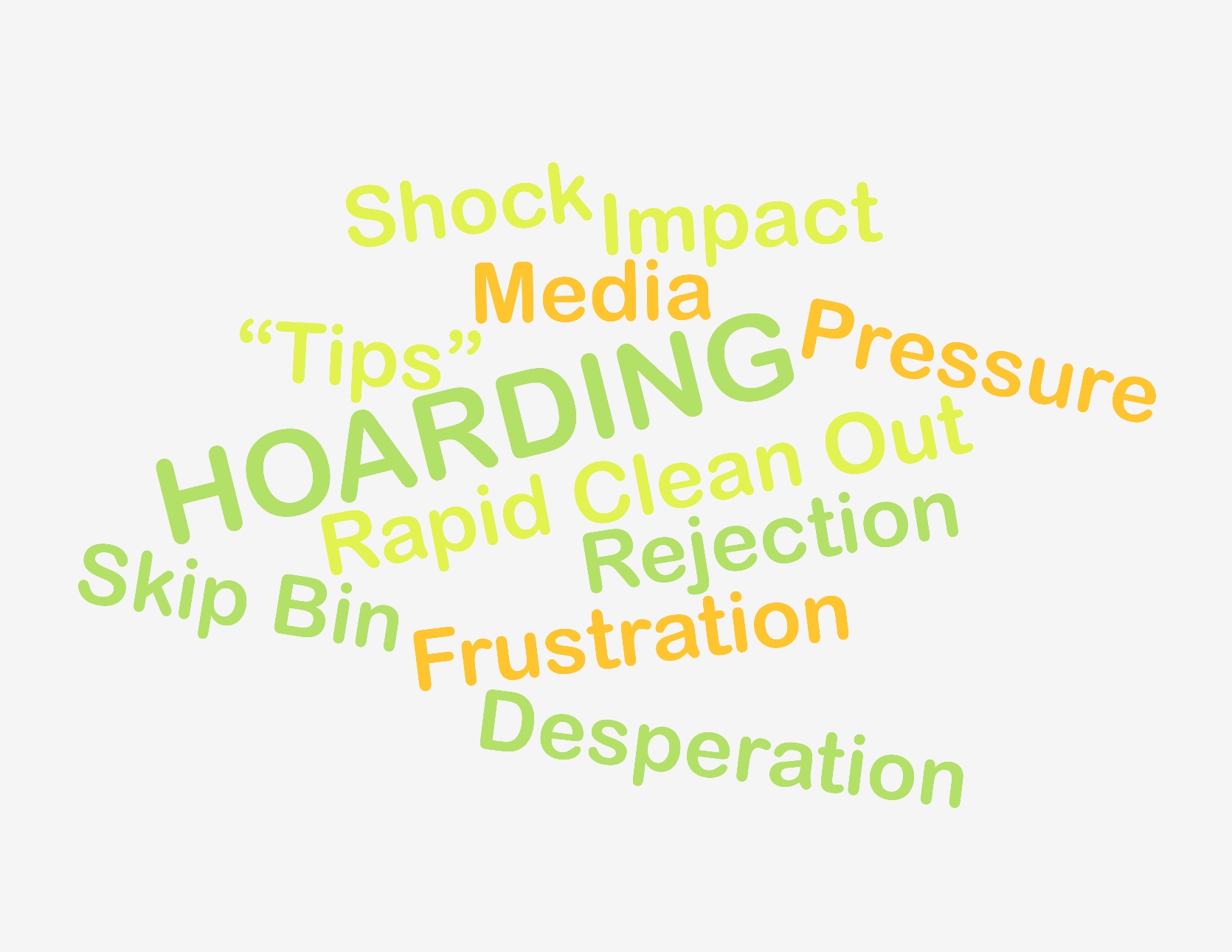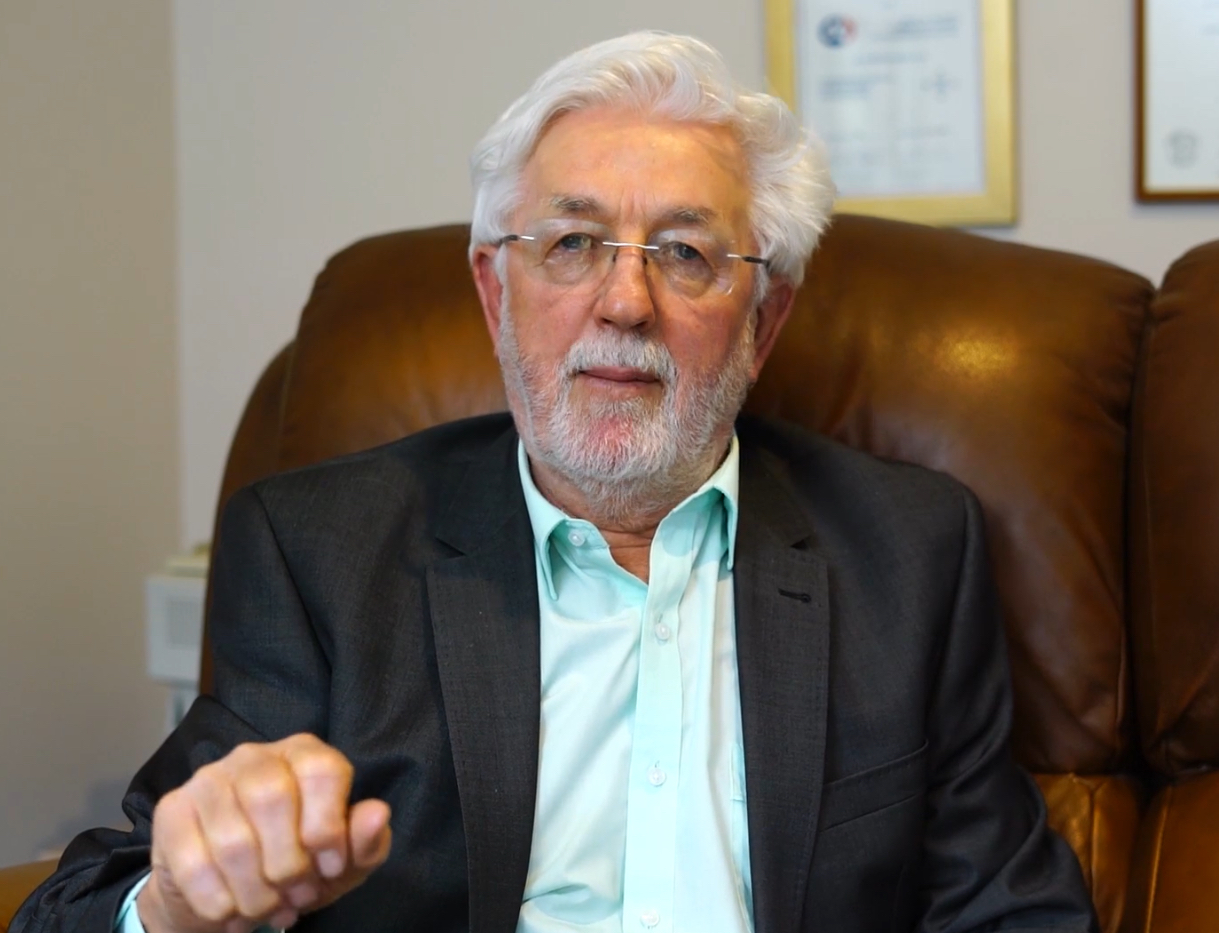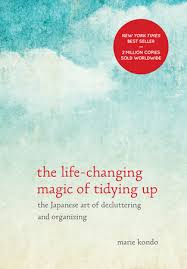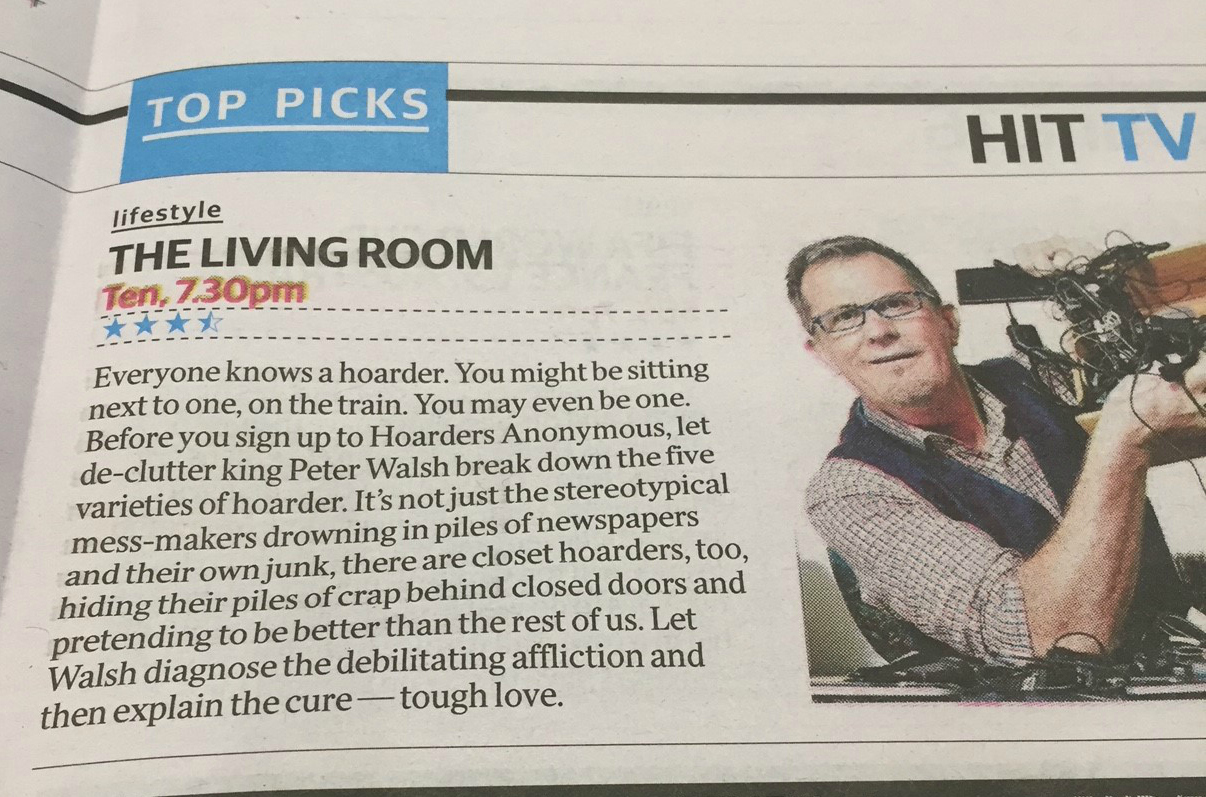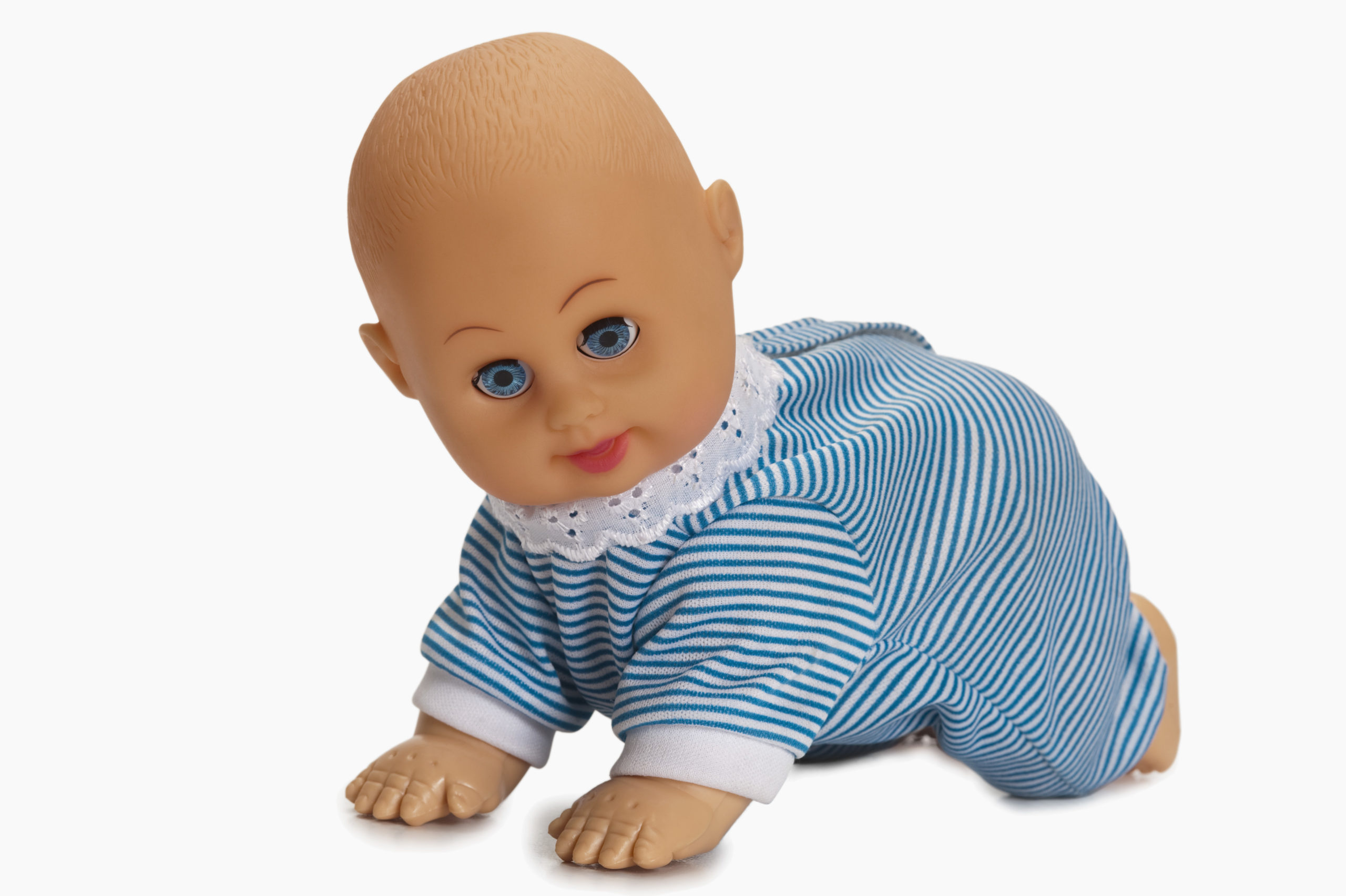“Finish the Cycle.”
 One of my favourite organising sayings. It is a simple habit that keeps clutter at bay and a powerful maintenance technique.
One of my favourite organising sayings. It is a simple habit that keeps clutter at bay and a powerful maintenance technique.
What does “Finish the Cycle” mean?
Laundry is an easy example to understand. Dirty clothes go into the laundry hamper, are washed, dried, folded and put away. That is the cycle.
What happens when we don’t finish the cycle?
Most people are pretty good at getting laundry washed, dried and even folded but in many homes clean laundry never gets put away. People end up using the laundry basket, dining table, exercise bike and arms of chairs as pseudo wardrobes for the clothes they wear the most. They don’t finish the cycle and as a result their key living spaces are cluttered with clothing.
When several key cycles in the home go unfinished, say cooking and eating but not doing the dishes, paying bills but not filing what you need to keep and disposing of what you don’t, clutter can take over.
Why don’t people finish the cycle?
Most people say they don’t have time but finishing the cycle doesn’t need to be onerous or time consuming. For example, I put the dirty dishes in the dishwasher every night and run it before I go to bed. I’ve been doing it for so long it is as natural as brushing my teeth. In the morning I put the dishes away while I wait for the kettle to boil. I practically do it on auto pilot and it keeps my kitchen in good order. Once you get into the habit of finishing the cycle a lot of the clutter problems in your home will disappear.
Out in the Real World
Recently I worked with a creative and energetic woman named Jennifer, a mother of three, who told me she and her husband had recently “Kondo’d” their house. Despite their decluttering efforts her home still felt chaotic to her. Indeed, an unpacked suitcase from a recent trip was in the living room, overflowing laundry hampers and baskets dominated the family room, the counters were covered in everyday items and toys littered the floor.
Jennifer was like a lot of people I work with. She was reasonably efficient at completing the first 80% of any household task, she just didn’t take the final step in the cycle. The result was clutter. We worked together to figure out what needed to happen to finish each of the key cycles in her house and reduce clutter. For example, a minor shift to include packing up toys as part of the children’s already established bedtime routine reduced toy clutter. A big benefit with very little additional burden. Plus, the children learn from an early age that putting their toys away at the end of the day is part of “cycle” of playing with them.
In Jennifer’s case, she and her husband had jumped in and done a big purge of surface clutter and the children’s rooms but they hadn’t tackled the bursting pantry and Jennifer couldn’t face her own wardrobe. It felt too hard and there was a sense that it was contained so why wake the beast?
 However, with her wardrobe full of seldom worn clothing there was no space to put regularly worn items away and finishing the cycle was just too difficult. Similarly, grocery shopping sat in bags and on counters because the pantry was full of out of date food. In this instance, we had to do some decluttering and organising so that Jennifer would be able to effectively finish the cycle.
However, with her wardrobe full of seldom worn clothing there was no space to put regularly worn items away and finishing the cycle was just too difficult. Similarly, grocery shopping sat in bags and on counters because the pantry was full of out of date food. In this instance, we had to do some decluttering and organising so that Jennifer would be able to effectively finish the cycle.
Look around at the sort of clutter that is building up in your space. Is it there because you haven’t finished the cycle? If you are already completing 80% of the cycle why not find an easy way to do the last 20% so you can enjoy the sense of accomplishment as well as clear space that goes hand in hand with this powerful maintenance technique.
Written by Wendy Hanes
More blog posts by Wendy Hanes:
How to Eat the Elephant in the Room
The First Step to Getting Organised is to Buy Containers (& Other Myths)

